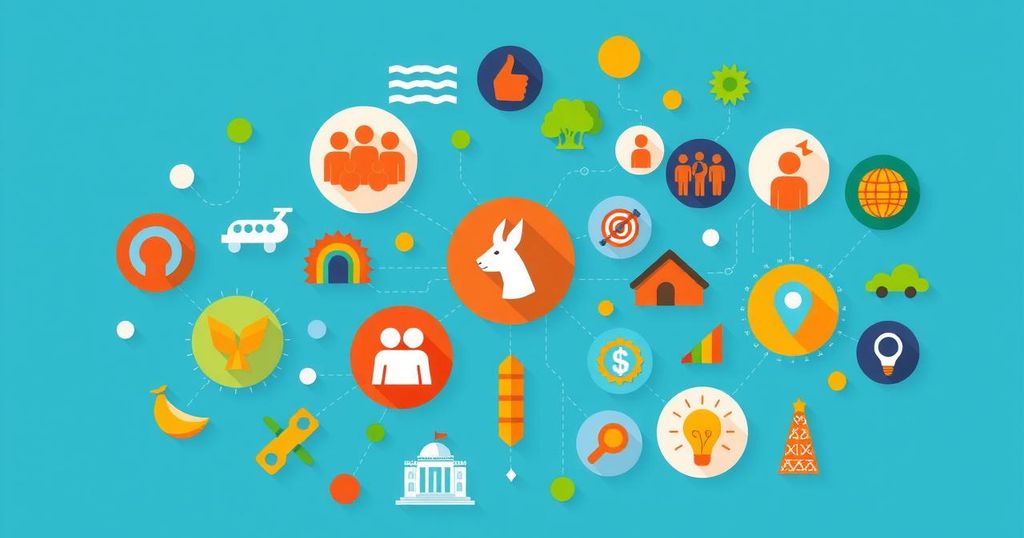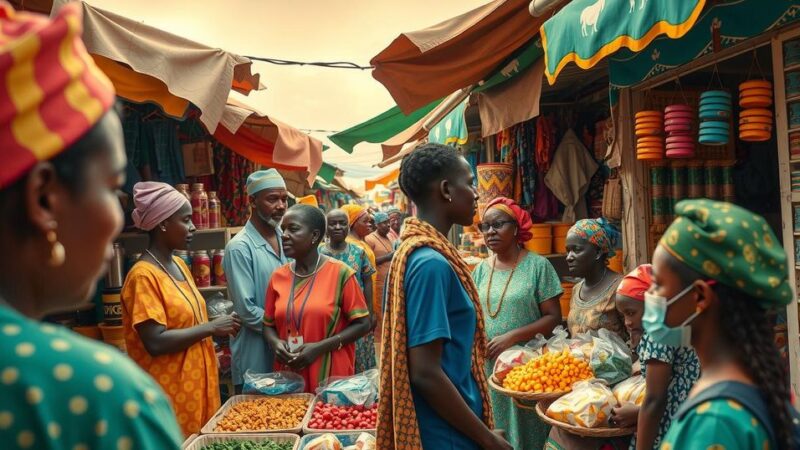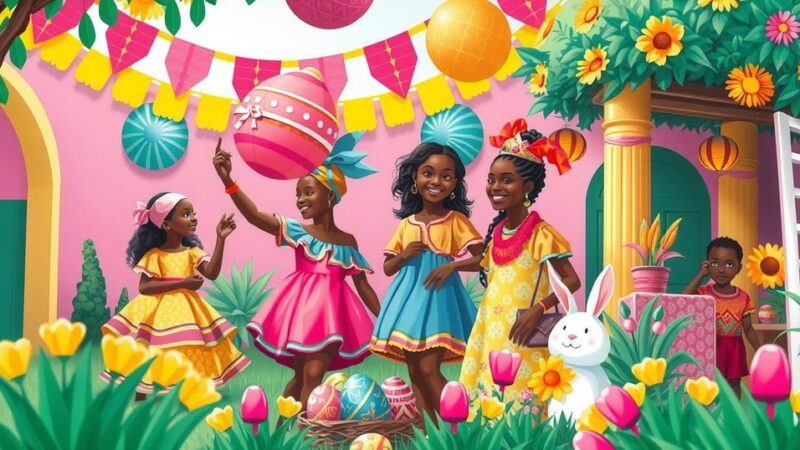The report from Statistics South Africa outlines key trends from 1996 to 2022, noting increases in multilingual and multiracial households, shifts in religious affiliations, and changing marriage patterns. It highlights the need to consider various social factors, underscoring the complexity of societal cohesion. Additionally, it discusses disparities in marriage rates across racial groups and the correlation between language proficiency and educational success.
Statistics South Africa’s recent report entitled, “Cultural Dynamics in South Africa,” presents significant transformations in the nation’s social and cultural landscape from 1996 to 2022. The report outlines relevant trends in language usage, multiracial households, religious affiliations, and marriage patterns, indicating a rapidly changing nation influenced by migration and economic factors.
One noteworthy development is the escalation of multilingual households, which rose from 3.5% in 1996 to nearly 10% in 2022. Solly Molayi, Acting Deputy Director-General of Stats SA, attributes this trend primarily to migration, with individuals from the Eastern Cape relocating to the Western Cape and those from Limpopo entering Gauteng. This linguistic evolution illustrates a burgeoning cultural amalgamation alongside concerns regarding language preservation.
Moreover, the report indicates a substantial increase in multiracial households, which surged from 1.3% in 2021 to 11.4% in 2022. While the rise indicates enhanced social integration, Molayi advises against solely relying on statistics to gauge societal cohesion. He emphasizes the importance of considering additional social factors in understanding the implications of these numbers.
Religion in South Africa remains predominantly Christian, with adherents increasing from 76% in 1996 to 85% today. Although Islam experienced a slight rise, from 1.4% to 1.6%, African traditional religions have notably grown, rising from less than 1% in 1996 to 7.8% in 2022. The share of South Africans identifying as non-religious remains relatively low, indicating the continued significance of spirituality in the populace.
Marriage trends reveal stark differences between racial groups, with higher rates observed among Whites and Indians as compared to Black Africans and Coloureds. Molayi suggests that cultural norms, economic circumstances, and unregistered unions within African communities may contribute to these discrepancies. The data implies that financial stability significantly impacts the formalization of marital unions.
The correlation between language proficiency and educational achievement is also examined in the report. English speakers consistently demonstrate the highest completion rates for matric and tertiary education, followed by Afrikaans speakers. Importantly, the progression rate of African language speakers is steadily improving, particularly in regions such as Free State and Limpopo.
As South Africa continues to evolve, the “Cultural Dynamics in South Africa” report provides valuable insights into the nation’s changing identity. The findings illustrate the intricate relationships among migration, economic factors, and cultural developments that are continuously reshaping South African society.
The “Cultural Dynamics in South Africa” report by Statistics South Africa reveals significant shifts in the country’s social and cultural landscape over the past few decades. As multilingual households and multiracial families increase, so does the complexity of societal interactions. Furthermore, the enduring dominance of Christianity along with the growth of African traditional religions highlights the continued importance of spirituality. Disparities in marriage rates among racial groups reflect underlying economic factors, while advances in education among African language speakers signal progress. The interplay of these factors paints a dynamic portrait of South Africa’s evolving identity.
Original Source: radioislam.org.za






